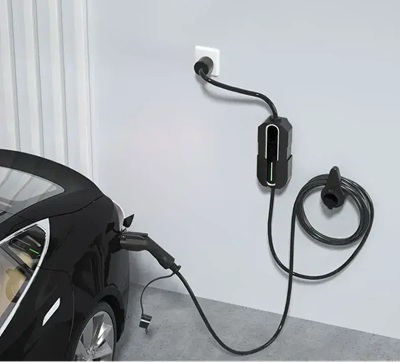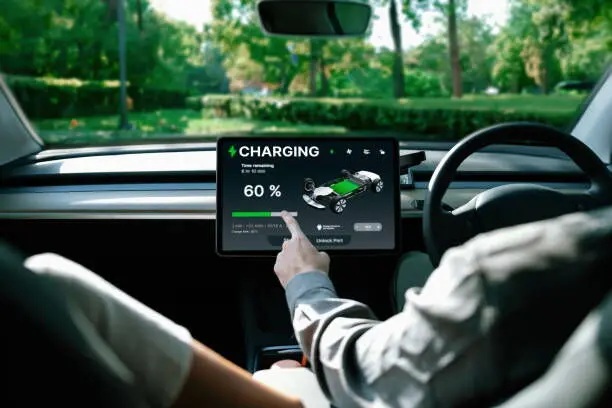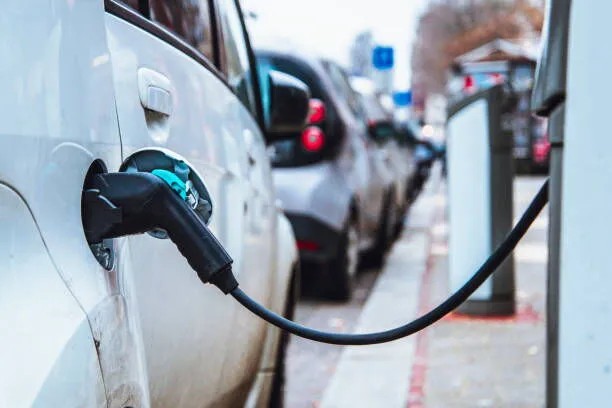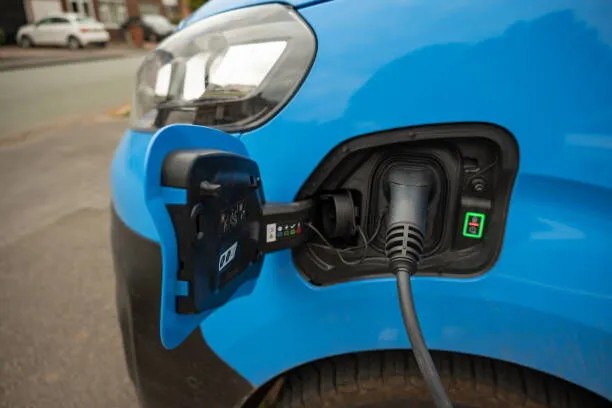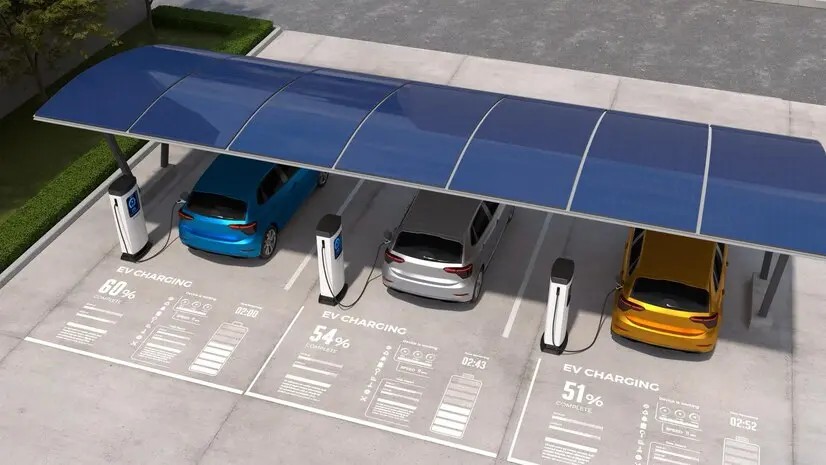What’s the Difference Between EV CPO and EMSP?
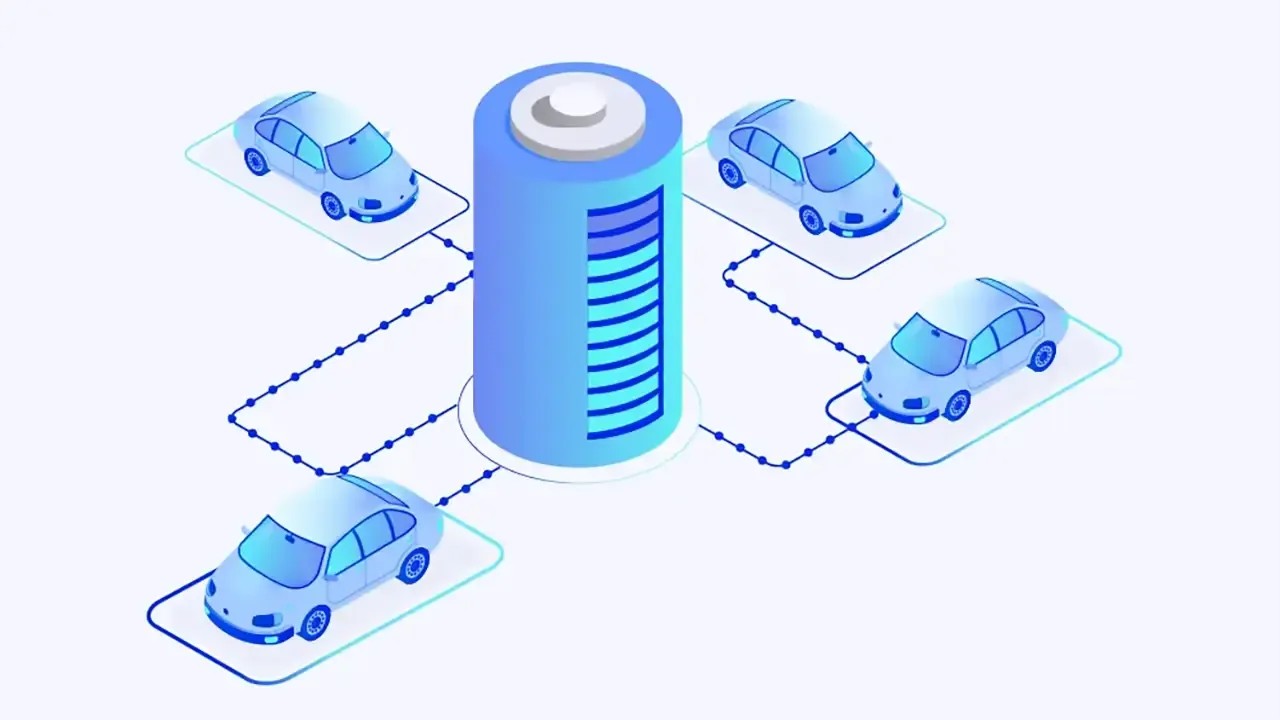
Strong 8k brings an ultra-HD IPTV experience to your living room and your pocket.
Understanding the Roles of Charge Point Operators (CPOs) and Electro Mobility Service Providers (EMSPs) in the EV Ecosystem
As a professional EV charger manufacturer in China, Topper Company delivers reliable electric vehicle charging station equipment and comprehensive solutions.
The rapid growth of electric vehicles (EVs) has reshaped the automotive and energy sectors, creating new roles and business models to support this transition. Among the most vital entities in the electric mobility (eMobility) ecosystem are Charge Point Operators (CPOs) and Electro Mobility Service Providers (EMSPs). While these terms are sometimes used interchangeably, they have distinct roles in the EV charging landscape. Understanding the differences between them is crucial for anyone navigating the electric mobility space, whether you're an EV driver, fleet operator, or business looking to invest in EV infrastructure.
Charge Point Operators (CPOs)
A Charge Point Operator (CPO) is a key player responsible for the deployment, operation, and maintenance of electric vehicle charging stations. CPOs oversee the physical infrastructure that powers the electric vehicle ecosystem. Their responsibilities extend beyond the mere installation of charging units. From selecting the optimal locations for charging stations to managing the ongoing operation and ensuring the long-term functionality of the network, CPOs play a central role in making charging stations accessible and reliable for users.
Key Responsibilities of a CPO:
Site Selection and Infrastructure Installation: CPOs identify locations for charging stations, install the necessary hardware, and ensure the stations are appropriately integrated into the broader charging network.
System Management and Maintenance: They are responsible for maintaining the charging hardware, conducting regular updates, and troubleshooting issues to minimize downtime and ensure a seamless experience for users.
Energy Management: CPOs monitor energy consumption, optimize charging efficiency, and integrate renewable energy sources whenever possible to create a sustainable charging network.
Network Integration: CPOs ensure that their charging stations are connected to the broader EV charging network, allowing users to seamlessly find and use various stations across different operators.
CPOs provide the essential physical infrastructure required to keep the EV ecosystem running smoothly.
Electro Mobility Service Providers (EMSPs)
An Electro Mobility Service Provider (EMSP) operates in a complementary role to that of a CPO. While a CPO manages the physical infrastructure, an EMSP focuses on the digital services that connect EV drivers to charging stations. EMSPs act as intermediaries between the charging network and users, offering platforms—typically mobile apps or websites—that allow drivers to find charging stations, check availability, and initiate payment.
The primary function of an EMSP is to enhance the user experience by providing easy-to-navigate digital tools. These platforms often allow users to view real-time information about charging station availability, pricing, and functionality. By doing so, EMSPs simplify the entire charging process and make it more user-friendly.
Key Responsibilities of an EMSP:
User Interface (App or Website): EMSPs develop and maintain mobile apps and websites that serve as the user interface for finding and accessing EV charging stations.
Charging Session Management: They facilitate charging sessions by allowing users to locate available stations, check their status, reserve charging slots, and monitor progress during charging.
Payment Processing: EMSPs handle payment for charging sessions, often offering integration with various payment methods such as credit cards, mobile wallets, and subscription services.
Customer Support and Services: EMSPs provide customer support services, helping users with issues they may face during charging and assisting them in navigating the charging process.
While CPOs deal with the hardware and infrastructure, EMSPs focus on providing a seamless digital experience to EV users.
Key Differences Between CPOs and EMSPs
While both CPOs and EMSPs are integral to the EV charging ecosystem, they have distinct roles and areas of focus:
Scope of Operations:
CPOs: Primarily focus on the physical deployment, installation, maintenance, and management of the charging stations themselves.
EMSPs: Concentrate on the software and digital services that allow users to interact with the charging stations, such as mobile apps and payment platforms.
User Interaction:
CPOs: Interaction with end-users is indirect. They maintain the infrastructure but don't typically engage directly with drivers unless there's an issue with the station.
EMSPs: Have a direct relationship with users by providing them with tools to locate, use, and pay for charging services. EMSPs also offer customer support and handle any issues that arise during charging sessions.
Focus Area:
CPOs: Focus on hardware, network integration, and ensuring charging stations are operational and accessible.
EMSPs: Focus on the user-facing software, creating digital tools to ensure EV drivers can easily find, reserve, and pay for charging stations.
Can a CPO Also Be an EMSP?
Yes, it is entirely possible for a Charge Point Operator (CPO) to also function as an Electro Mobility Service Provider (EMSP). In fact, many companies in the EV charging space offer both services. For example, a CPO may develop a branded mobile app or website that allows users to interact directly with its network of charging stations. By combining both roles, these companies provide a more integrated service offering, where the infrastructure and digital interface are all managed under one roof.
This integrated approach allows for a streamlined experience, where users can not only access a network of charging stations but also enjoy additional services such as loyalty programs, discounts, or even real-time data on charging progress. By taking on both roles, a company can offer a seamless experience from both the infrastructure and user interface perspectives.
Conclusion
Charge Point Operators (CPOs) and Electro Mobility Service Providers (EMSPs) serve distinct but complementary functions within the electric vehicle ecosystem. CPOs are responsible for the physical infrastructure, ensuring that charging stations are installed, maintained, and connected to the broader network. EMSPs, on the other hand, focus on enhancing the user experience through digital platforms that allow EV drivers to find, access, and pay for charging services.
As the EV market continues to grow, the lines between these roles may blur, with many companies offering integrated solutions that combine both the hardware and the digital services required to power the future of electric mobility. Understanding the difference between CPOs and EMSPs is essential for anyone involved in the EV charging space, whether you're a driver, fleet operator, or business looking to invest in infrastructure.Learn more about Google SEO.
Note: IndiBlogHub features both user-submitted and editorial content. We do not verify third-party contributions. Read our Disclaimer and Privacy Policyfor details.



